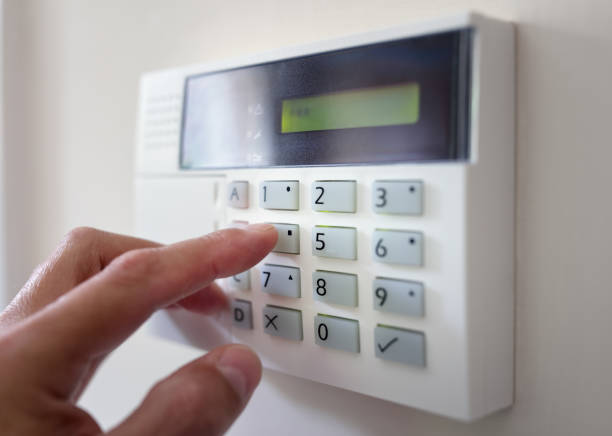Alarm system: 6 Best Practices for Installation Leave a comment
Alarm system: 6 Best Practices for Installation

Alarm systems: come in a variety of configurations, integration capabilities, and use cases. Some alarm systems need to cover smaller businesses and can get by with a DIY system with wireless motion detectors and glass break sensors. Other alarm systems need to cover large office spaces or retail spaces and require the careful planning of experienced security professionals. No matter the case, businesses that house expensive merchandise or private data need a commercial-grade alarm system.
When it comes to alarm installation, there’s a lot of different options and directions you could go in, from DIY home setups to professionally installed and integrated commercial systems. While a quick, easy DIY alarm system might be okay for monitoring your front door on a tight budget, when you’re looking for high-level, comprehensive, and effective security and security measures, a system installed by commercial alarm companies and professional security installers is the way to go. Here are some reasons businesses should consider hiring security alarm companies to do their alarm installation:

Best Practices for Alarm System Installation
1. Keypad and Control Panel Placement
2. Program an Alarm System Duress Code
3. Place Sensors in the Right Places
4. Arm Your System at All Times
5. Have Backup Connections in Case of Emergency
6. Don’t Rely on Just the Alarm
Your hardwired security system is most likely a pre-installed, professionally personalized series of sensors and monitors. Contrary to popular belief, a hard-wired system cannot be disabled by simply cutting any old wire (or even just the red one) – that just trips the alarm anyway. There aren’t any batteries you need to replace on a regular basis, and apart from the initial installation, it’s a relatively low-cost system.

Taking over an alarm system is a fairly simple process. For the sensors and wiring, it’s mainly just a repair job – only the broken elements are replaced. The heart of the takeover happens in two places: the old metal box where your control panel sits, and the ugly old keypad on the wall. The outdated panel in your box is replaced with one that matches the new keypad, linking your old sensors to a new interface. Your new keypad often uses cellular communication to talk to your smartphone, allowing you to control your alarm system through a simple app.
Alarm system providers can perform a hardwired to wireless alarm takeover, allowing you to add wireless sensors or keypads to your existing system. In a wireless takeover, local alarm companies route your door and window sensors into a wireless translator that sends the signals to a wireless touchscreen keypad. Some sensors can’t be translated safely, though – while motion and smoke detectors will technically integrate with your new wireless panel, they run a fairly high risk of blowing their fuse because they draw too much power. If you want anything more than door and window sensors, you don’t want a wireless system.
components of an Alarm system:
– control panel
– keypads
– door and window contact
– motion detectors
– system interruption sensors
-
 ₦7,263.63
₦7,263.63 -
 ₦13,720.19
₦13,720.19 -
 ₦807.07
₦807.07 -
 ₦1,210.61
₦1,210.61 -
 ₦3,228.28
₦3,228.28 -
 ₦4,035.35
₦4,035.35 -
 ₦68,600.95
₦68,600.95










